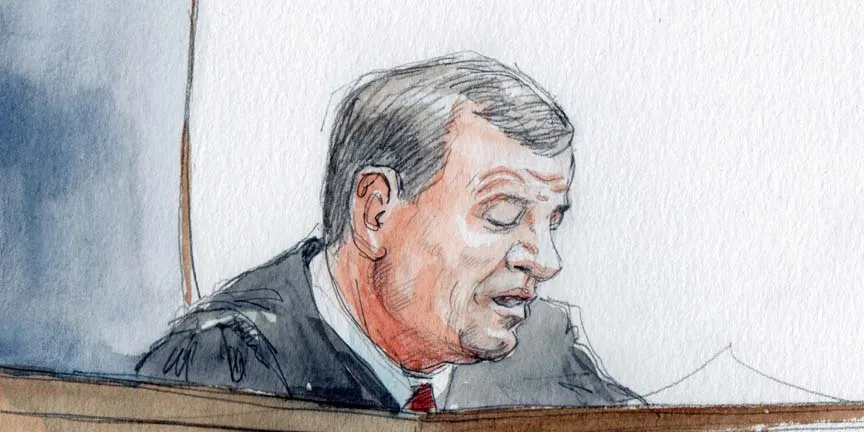Report on judiciary procedures to address workplace misconduct

The Federal Judiciary Workplace Conduct Working Group this week published a final report and executive summary for the Judicial Conference of the United States that examines the procedures to protect the judiciary’s 30,000 employees from inappropriate conduct in the workplace. The working group, comprised of eight federal judges and court administrators, found that “inappropriate conduct, although not pervasive within the Judiciary, is not limited to a few isolated instances.”
“There is room for improvement in terms of both accessibility and transparency,” the report summary continued, “but the most significant challenge to accountability lies in the understandable reluctance of victims, especially law clerks and other temporary employees, to report misconduct.”
The working group, formed at the request of Chief Justice John Roberts, made recommendations that fell into three categories – codes of conduct and guidance documents, procedures for identifying and correcting misconduct, and education and training programs. These proposals all require action by the Judicial Conference, the Administrative Office of the U.S. Courts or the Federal Judicial Center.
Even if these bodies adopt the working group’s recommendations, the changes will not automatically apply to the Supreme Court, although they may affect it. The Code of Conduct for United States Judges – which the working group says should, among other changes, make clear that “confidentiality obligations do not prevent any employee … from revealing abuse or reporting misconduct by any person” — does not apply to Supreme Court justices. The justices nevertheless choose to follow its guidance.
Additionally, the judiciary’s two formal mechanisms for reporting misconduct — the Judicial Conduct and Disability Act and Employment Dispute Resolution Plans – apply only to the lower courts.
According to Kathy Arberg, the court’s Public Information Officer, the “Supreme Court will consider whether changes are necessary to its policies and practices following the Judicial Conference’s review of the Working Group’s recommendations.”
Roberts established this working group in the wake of allegations last fall against Judge Alex Kozinski. As Dahlia Lithwick reported, “Roberts responded swiftly and forcefully,” addressing sexual harassment in his State of the Judiciary speech at the close of the year and naming this working group within days. Following the formation of the group, Joan Biskupic, after reviewing 5,000 judicial orders arising from misconduct complaints over the past decade, detailed for CNN in January the “largely untold story” of “abuse women have suffered in the nation’s courthouses.”
Senate Judiciary Committee Chairman Chuck Grassley, Republican of Iowa, released a statement lamenting that the report “leaves to other part-time advisory committees the key task of formulating specific policy changes.” “After the Kozinski scandal and other allegations, it was a real chance to undertake reforms. But in too many ways, this vague report kicks the can down the road.”
Grassley has announced a hearing titled “Confronting Sexual Harassment and Other Workplace Misconduct in the Federal Judiciary,” to take place next Wednesday.
Fix the Court, a watchdog group, called for more far-reaching changes than the report recommended, such as “codifying anti-harassment proposals in an updated judicial misconduct law” and including Supreme Court justices “in the definition of who is a ‘judge.'” At the same time, the group commended the judiciary “for taking its charge to improve workplace conduct seriously” and the working group “for ultimately seeking out a diverse set of voices, including past and current law clerks, whose perspectives on improving in-chambers protocols are reflected in the report.”
Posted in What's Happening Now